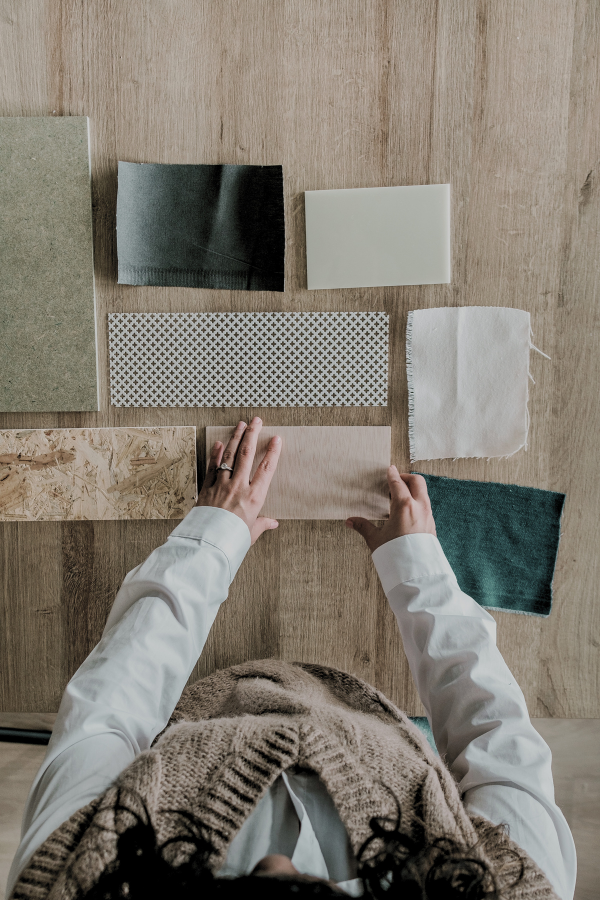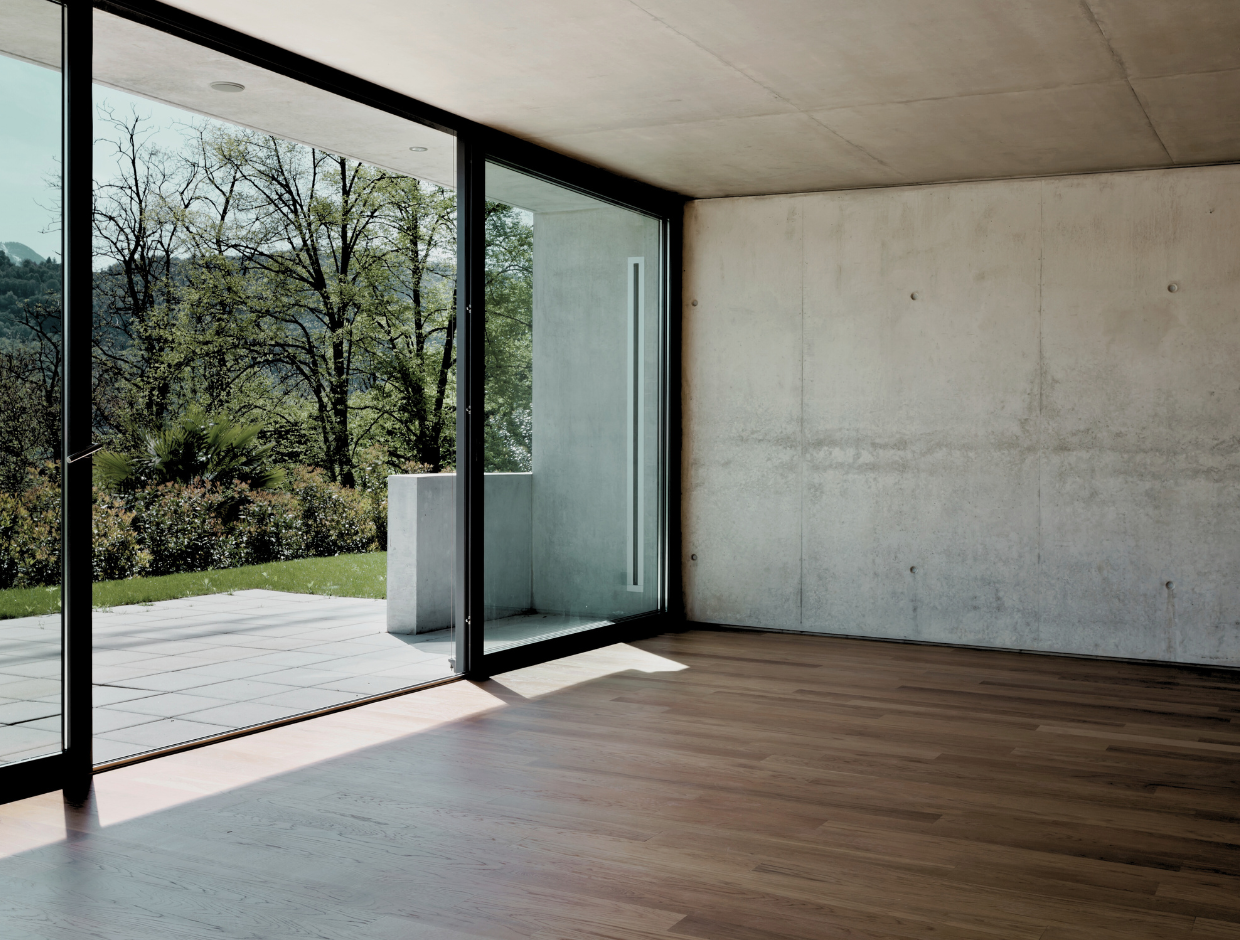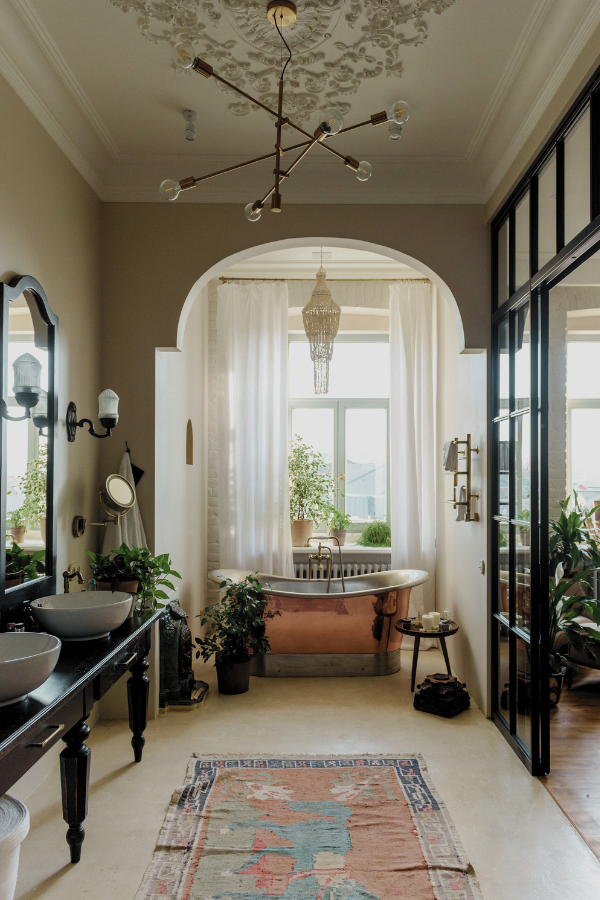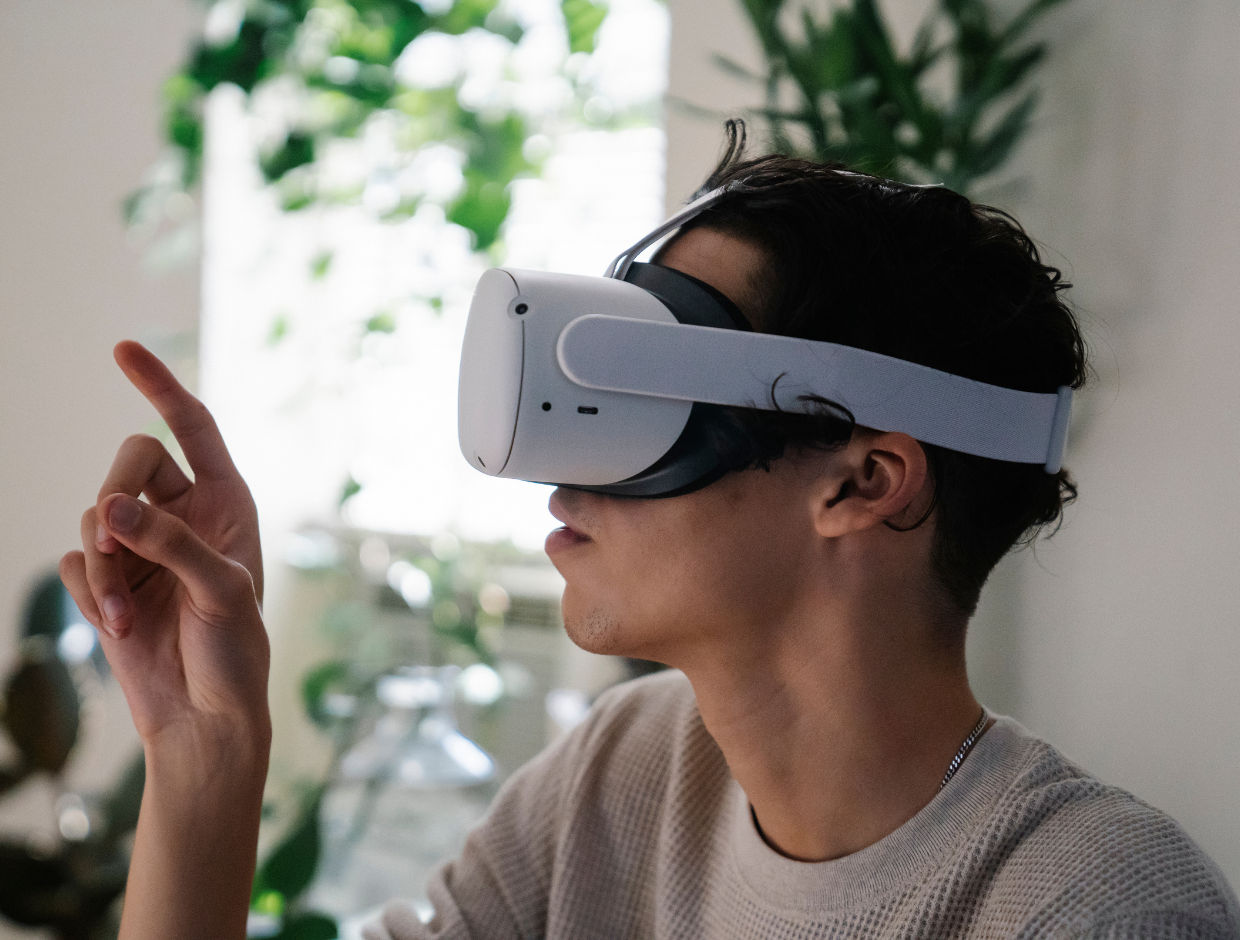

Immersive Interiors: Impacts of Virtual and Augmented Reality on the Design Industry
Summary
Reflection Questions
Journal Prompt
In a recent article, we mused about the growing influence of artificial intelligence in creative industries like interior design, architecture, content writing, and the fine arts. Quickly evolving at the behest of software engineers everywhere, this technology has the capacity to both enhance and devastate the careers of countless creatives. Today, we consider the ways in which augmented and virtual reality have already changed the design industry. From allowing clients to walk around spaces before they are built to ensuring precise placement when we add furniture, augmented and virtual reality applications will continue to alter the ways in which we interact, create, and consume. Read on to learn more.
What’s the Difference Between AI, AR, and VR?


Before we delve deeper, let’s first define artificial intelligence, virtual reality, and augmented reality so there is no confusion later on. AR adds digital content to the real world, AI encompasses technologies that enable smart decision-making and interactions, and VR offers a fully immersive, computer-generated experience. While these technologies have distinct characteristics, they can also complement and enhance each other when integrated into various applications and use cases.
What is Augmented Reality?
Augmented Reality (AR) enhances the real world by overlaying digital information or objects onto it. AR bridges the physical and digital realms—allowing users to see both the physical environment and computer-generated elements simultaneously through devices like smartphones or AR glasses.
It augments our perception of reality with additional context or data, making it particularly useful for applications that allow you to visualize furniture in your home (e.g., IKEA Place) or providing real-time navigation information. AR transposes virtual elements on our physical world using a VR headset, virtual reality glasses, and other technology.
What is Virtual Reality?


Virtual Reality (VR) immerses users in entirely computer-generated environments, cutting them off from the physical world. VR headsets create a synthetic, immersive experience that can replicate real-world settings or take users to entirely fantastical realms.
Unlike AR, VR doesn’t incorporate the real environment but rather replaces it with a digital one. VR is widely used in gaming, simulations, training, and even therapy to provide users with an entirely immersive and often interactive experience. It can also be used in design and architecture to help interior design customers visualize a future space that has yet to be built.
What is Artificial Intelligence in the Context of AR and VR?
Artificial Intelligence (AI) refers to computer systems that can perform tasks that typically require human intelligence. AI encompasses various techniques, including machine learning and deep learning, to analyze data, recognize patterns, and make decisions.
While AI is not a direct sensory experience like AR or VR, it plays a crucial role in enhancing both technologies. AI can power AR apps by enabling object recognition and tracking, and it can enhance VR environments by creating realistic simulations and intelligent interactions within virtual worlds.
Fuel your creative fire & be a part of a supportive community that values how you love to live.
subscribe to our newsletter
*please check your Spam folder for the latest DesignDash Magazine issue immediately after subscription


Augmented Reality in Interior Design


Interior designers can use augmented reality to bring design concepts to life through immersive on-site visualization. Designers can overlay digital elements—i.e., furniture, lighting fixtures, color schemes, and all the fine details involved in a new project—onto real-life environments.
This augmented visualization helps designers experiment and adjust until the client’s dream interior is modeled. Clients can see firsthand how their space might look and feel with various design choices, which often makes it easier to articulate their preferences—streamlining the design process by reducing miscommunications and speeding up decision-making.
AR Minimizes Human Error


Beyond the aesthetics, augmented reality interior design also minimizes human error. As we all know, precise planning is paramount in interior design and architecture.
Designers can employ AR apps to measure spaces accurately, visualize different layouts, and arrange virtual objects with precision. This ensures that furniture and fixtures fit seamlessly within the room’s dimensions—preventing costly mistakes during the implementation phase.
Homeowners and clients can also actively engage in the planning process—moving virtual objects around and experimenting with different layouts in real-time. This interactive approach fosters a sense of co-creation and empowers clients to make more informed choices about their living spaces.
By allowing clients to “move” around each layout, AR also ensures that the flow reflects the ways in which your clients will actually navigate and enjoy each space. This is particularly helpful when creating spaces for large families or tall clients for whom mass-produced furniture is not usually designed.
AR Allows Designers to Expand Their Client Base Internationally
We often hem and haw about the negative impacts augmented reality will have on interior designers. After all, there are quite a few commercially available AR apps targeted specifically toward homeowners and other DIY-ers who are shopping for furniture, house paint, wallpaper, and more. However, augmented reality enhances the work of professional designers by expanding their reach to new interior design clients all over the world.
AR allows designers and their work to transcend geographical barriers. It enables remote collaboration among design teams, partners, and clients. Designers can share 3D models and designs through AR platforms—allowing stakeholders to review and discuss projects from different locations.
This is especially valuable when working on projects with geographically dispersed teams or when clients cannot physically visit the site. AR streamlines the design process, reduces travel costs, and accelerates decision-making—making it more feasible for international collaborations and clients from around the world.
Popular Augmented Reality Apps Used by Interior Designers, Decorators, and Homeowners


If you are an interior designer, architect, student, or homeowner who has yet to dip her toe into augmented reality, here are a few apps you might try before investing in expensive devices. Each app either allows you to virtually place furniture within an existing space or create and alter floor plans transposed over real rooms.
- IKEA Place
- Houzz’s View in My Room
- Amikasa 3D Floor Planner
- Autodesk’s Homestyler Interior Design App
- Sensopia’s MagicPlan
- TapMeasure
- Planner 5D
- Amber AR
- Crate & Barrel AR Rug Visualizer
- ARuler (not designed specifically for interiors, but helpful nonetheless)
As you might expect, many furniture, home decor, and home improvement companies have embedded AR apps within their e-commerce sites. These include West Elm, Wayfair, Pottery Barn, Williams-Sonoma, and Amazon.
Theoretically, allowing customers to fit furniture, fixtures, and other elements into their home’s existing floor plan without taking precise measurements should cut down on returns and negative reviews.
Virtual Reality in Interior Design


Now, let’s consider the impacts of VR interior design apps and models on our industry. VR technology immerses users in entirely computer-generated environments—effectively replacing the real world with a digital one.
This complete immersion allows clients and designers to explore the spatial layout, proportions, and aesthetics as if they were physically present in that space. While AR is useful when reimagining existing spaces, virtual reality interior design is useful for creating new buildings and offering virtual tours of spaces that do not yet exist.
VR facilitates iterative design processes. Designers can create multiple virtual design iterations and explore them in depth—making real-time changes to the layout, materials, lighting, and decor.
Collaboration among design teams and clients is enhanced as participants can meet in the same virtual space—no matter their physical location. This streamlines decision-making and promotes creative discussions that can lead to more refined design solutions.
Like AR, VR offers a high level of realism in material and finish visualization. Designers and clients can inspect and assess materials—like flooring, wall coverings, and furniture finishes—with an unparalleled level of detail and realism.
This level of fidelity enables users to make informed decisions about materials and finishes based on their appearance, texture, and visual impact within the virtual environment.
Virtual Reality Applications Beyond the Design Phase
VR also has applications beyond the design phase. It can be used for preconstruction planning and safety assessments. Construction workers and project managers can explore the virtual construction site, identify potential hazards, and plan workflows more efficiently—thereby enhancing safety and efficiency during the building phase.
Virtual Reality Apps and Software Used to Visualize Interior Designs
Professional designers might use the following to visualize three-dimensional environments as they alter floor plans, furniture arrangements, and more. VR applications are often geared towards professionals rather than consumers—who are later “walked through” the space by their design team. This is another key difference between AR and VR.
- SketchUp Viewer VR
- IrisVR Prospect:
- Matterport VR
- Gravity Sketch
- Enscape Plugin for Revit and SketchUp
- Planner 5D VR Mode
- VRTK (Virtual Reality Toolkit)
Comparing VR and AR Applications


Both AR and VR have their applications in interior design and architecture. VR immerses users in fully simulated environments, enhancing design exploration, collaboration, and detailed material visualization. AR—on the other hand—enhances the physical world by overlaying digital design elements. This makes it ideal for in-home visualization, real-time design adjustments, and retail integration.
A VR model does not allow for real-time design adjustments and experimentation in the same way that AR does. Designers and clients can use AR apps to move virtual objects within the physical space—experimenting with layouts, placements, and configurations on the spot.
Furthermore, VR models typically require more specialized hardware—think the Meta Quest Pro—which can be costly. In contrast, AR is often accessible through the user’s tablet or mobile device.
Final Thoughts About the Impacts of Virtual Reality and Augmented Reality in Interior Design
Some designers harbor ill will towards emerging technologies that alter the relationship between client and creative entrepreneur. However, VR is used primarily by design professionals who understand spatial planning and have the education needed to manipulate three-dimensional spaces virtually. AR is more commonly aimed at consumers.
While it might cut some decorators and designers out of the picture, augmented reality could also help designers communicate with their clients. In some cases, AR will expose clients to the complexities of interior design and architecture—increasing their respect and admiration for professionals.








